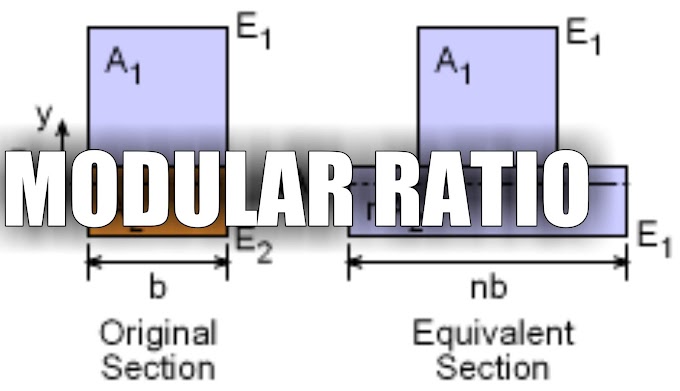A number of tests have been described in IS 2386 (Parts 1-8): 1963 to assess the quality of the aggregate, in terms of the following physical and mechanical properties:
Particle size, shape and surface texture Size and shape influence strength shape, and texture influence bond between the aggregate and the cement paste)-for instance, it is found that angular and somewhat porous aggregates are conducive to a good bond
Geological classification Based on the mineral type of the parent rock
Specific gravity and bulk density Of aggregate particle and aggregate whole respectively
Moisture content, water absorption, and bulking of sand The moisture present in aggregate or the moisture that may be absorbed by the aggregate, as the case may be, must be accounted for in the determination of the quantity of water to be added to the concrete mix, moreover, the presence of water films in between sand particles results in an increase in volume Cooking of sand) that must be accounted for in case volume hatching is employed in mix preparation
Strength Resistance to compression, measured in terms of the aggregate crushing value
Toughness Resistance to impact, measured in terms of the aggregate impact value
Hardness Resistance to wear, measured in terms of the aggregate abrasion value
Soundness Which indicates whether or not the aggregate undergoes appreciable volume changes due to alternate thermal changes, wetting and drying, freezing and thawing
Deleterious constituents These may be iron pyrites, coal, mica, clay, silt, salt and organic impurities, which can adversely affect the hydration of cement, the bond with cement paste, the strength and the durability of hardened concrete





0 Comments